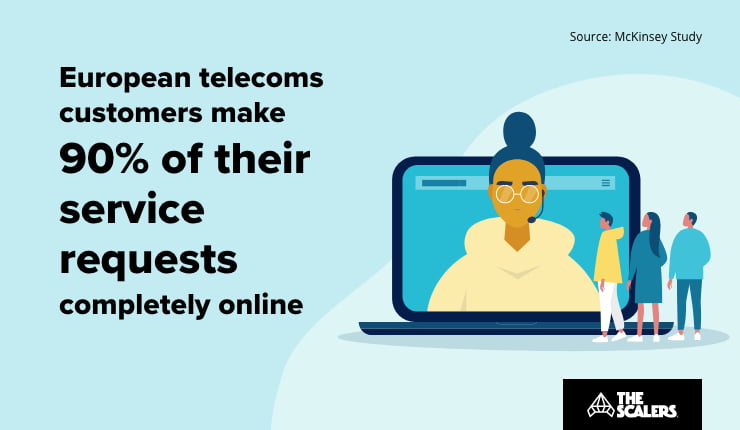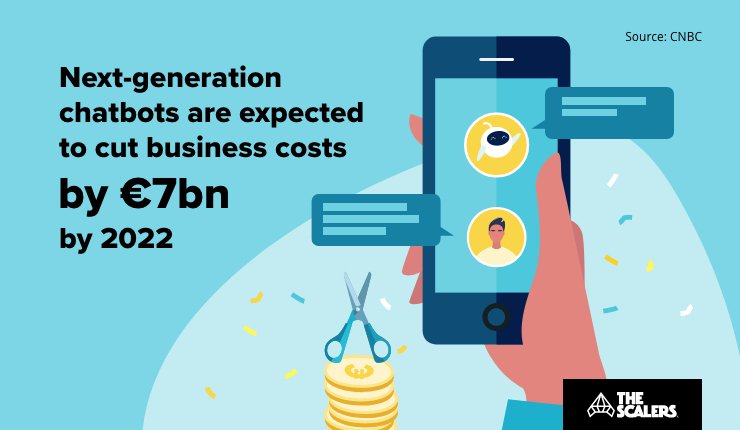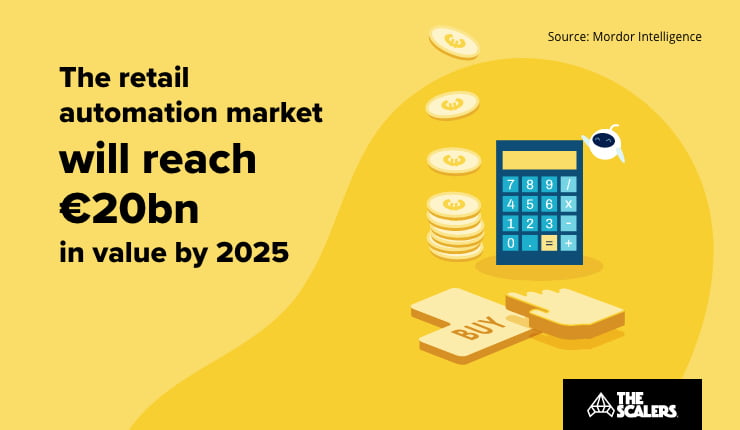We’ve spoken before about the enormous and rapid developments that have taken shape in the past 9-12 months partly as a result of ‘forced-by-circumstance’ accelerated transformation. Health and fitness clubs diversifying into online classes, boutique eateries becoming Uber Eats favourites, or artisan alcohol manufacturers transforming into hand sanitiser distributors — it’s been interesting to observe.
So, we all agree that change has happened. And, that whatever cat is out of the bag isn’t going back inside. However, it isn’t just diversified offerings and digitalisation practices that have occurred. Another, more lineal and foreseen (but nevertheless still fascinating) revolution is taking place in customer service — namely the role of artificial intelligence.
In this post we examine the latest market and technology trends shaping the adoption of AI for customer service — and redefining how businesses and consumers interact in a post-pandemic world. Let’s dive in…
‘Your customers’ lives are digital, but your service is analog’
It’s a great quote from McKinsey, but it doesn’t just sound good — it’s a wholly accurate statement to levy at businesses who just won’t adapt despite having the means to do so. The digitisation of customer service has been a strategic imperative for a long time now, and proper AI implementation looks set to become the next benchmark.
Once only seen in science fiction, and often with a dystopian bent, AI that knows your purchase history and predicts what you want next is now an expectation. And it doesn’t end with the ‘purchase’ stage of the customer lifecycle. Consumers today expect sleek, personalised customer service too.
Their relationships with retailers, banks, restaurants — almost every commercial organisation they do business with — are built on a digital, personalised foundation. In a 24/7 digital economy, they want to connect when they want, how they want — seamlessly across any device. Customers want their product questions answered, account issues addressed, and appointments rescheduled quickly and without fuss.
A decade in the making
The absolute mainstreaming of digitally native companies like Spotify and Uber that have been able — since their inception — to deliver a streamlined experience for digital consumers, means non-native companies cannot continue to regard customer service as a somewhat secondary focal point.
Indeed, if we do take a few steps back we see that quite a few established companies who built their service offerings on top of, or alongside, more traditional channels often find it hard to meet the same standards as their digitally native disrupter counterparts. Of course, for some companies, there’s a disconnect between the goal of exceeding customer expectations and the capabilities of their customer support function to meet it. It’s the commonly found chasm between desire and ability.
As a case in point, according to Intercom’s 2021 Customer Support Trends Report 73% of support leaders said they’ve seen increasing customer expectations during the pandemic, yet only 42% believe they’re meeting those expectations.

Enter: AI for customer service
Take a few steps back into the present, and we can see that advancements in AI and machine learning are “enabling deeper levels of customer engagement and service than ever before”, says Jayesh Govindarajan, vice president of AI and machine learning at Salesforce. According to the Intercom study cited earlier, to meet ever-rising expectations, support leaders plan to invest in conversational AI support capabilities in 2021. It’s expected this will help teams bridge the gap between what customers want and what support teams can realistically deliver.
Powerful (and trainable) algorithms can sift through lots and lots of data and learn patterns to automate and assist customer service processes. Govindajaran continues, “… this technology is changing the face of customer service and helping organisations understand customers’ needs — often before they even do — providing the service they need at the right moment”. Indeed, it would appear that the business case for best-in-class customer service is compelling. Let’s look a little closer.

AI for customer service: from a support function to a growth engine
Another area more rapidly transforming than previously expected is CX and the rise of the ‘phygital’ shopping experience. Borne out of necessity in troubled times, the retail sector has looked toward innovative solutions to give their customers the centricity and personalisation they expect.
With AI, brands can be available to their customers at every stage of their journeys, instantaneously. Leveraging it can help retailers (and businesses more generally) better understand their base and deliver better CX — resulting in higher conversions, fewer abandoned baskets, and tailored service — increasing brand loyalty and the likelihood of future purchases. And, by alleviating excessive demand generated by low-level service requests, the organisation’s support function becomes a revenue-generating machine with humans and AI working in tandem to provide a seamless blend of care and cross/upselling.
“When you implement AI systems and do it well, the cost of handling cases goes down and the speed of resolving them goes up. And that generates value for everyone.”

A human and machine partnership
Two major trends in AI customer service software that will continue to grow in 2021 are chatbots and virtual assistants. In fact, Microsoft predict that by 2025 95% of customer interactions will be through channels almost fully supported by AI. By reducing pressure on human staff with low-level service requests, AI will enable those people to focus on more complicated tasks and help to increase engagement and revenue. That’s without mentioning the data collection AI facilitates, that can then be harnessed to drive growth.

A study conducted by Salesforce found that 82% of customer service organisations using AI saw an increase in first contact resolution — meaning the issue is resolved before the customer ends the interaction. It’s not about eliminating humans from customer service at all, it’s about prioritisation. When empathy and nuance are required, a human can step in. In ten years maybe AI for customer service will be able to handle that too, but we’re not in Star Trek quite yet.
Automate or get left behind
The general trend for the coming year is one of accelerated change across all retail functions. With 45% of companies reporting a positive business impact of digital transformation also reporting higher net revenue growth according to research from Deloitte — the message is clear: organisations must drive automation or risk being left behind. Likewise, they must embrace the ongoing and exponential growth of AI for customer service or remain analog while their customers digitise. If there’s two routes laid out, the winner is clear.
Meanwhile, if you want to explore the possibility of building a world-class development team in India, feel free to reach out to us by filling out the contact form. One of our senior executives will get back to you with a free consultation!
Build Your Team,
Not Just a Contract
With The Scalers’ offshore dedicated development team, you get engineers who join your workflow for the long run. Grow steadily, stay flexible, and work with people who care about the product as much as you do.








